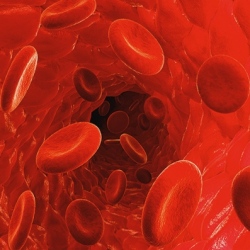
As it stands, there’s not a whole lot we know about pain. Where a tissue or blood sample can be drawn and studied, our nervous system comprising different kinds of cells running signals through complex piping around the body presents a difficult task for scientific research.
But a new study details a technique that turns blood cells into different nerve cells, promising to improve our understanding of why things itch or burn. By extension, it is hoped that it could lead to new forms of pain relief that do away with unwanted side effects such as sleepiness or loss of concentration.
Back in 2010, stem cell researcher at Canada’s McMaster University Mick Bhatia caught our attention with a novel approach to creating blood stem cells from human skin stem cells. The technique streamlined this process, advancing efforts to create blood for surgery and treat leukaemia and other cancers.
His latest work continues in this same vein, but demonstrates a method of converting somebody’s blood sample into a variety of their nerve cells. This includes both the central nervous system of the brain and spinal chord, along with the peripheral nervous system in the rest of the body. The thinking is that this will allow unprecedented access to study a patient’s specific neural system and address questions like why different stimuli trigger different sensations in different people.
"Now we can take easy to obtain blood samples and make the main cell types of neurological systems, the central nervous system and the peripheral nervous system, in a dish that is specialized for each patient," says Bhatia. "Nobody has ever done this with adult blood. Ever."
The patented technology could lead to new kinds of drugs that rather than create the perception of pain relief in the central nervous system, actually target the neurons in the peripheral nervous system. The hope is that this could lessen the side effects of pain relief drugs.
